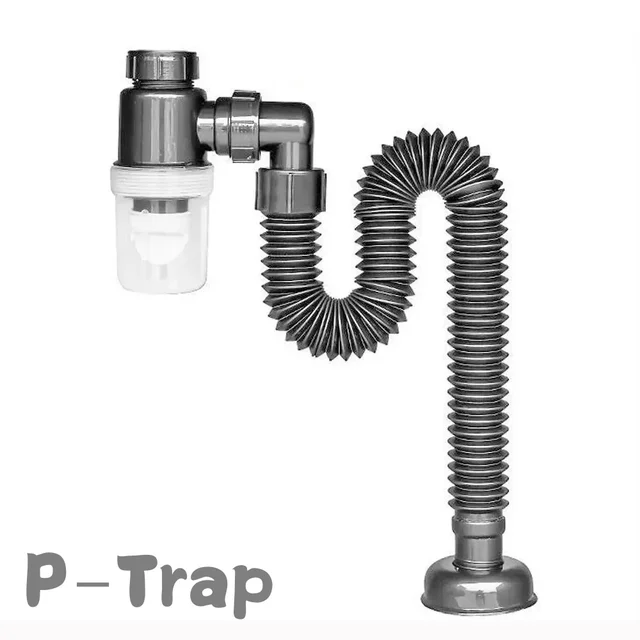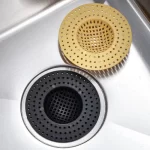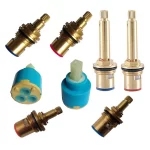Introduction to Sink Problems
If you’re a homeowner or even a renter, you’re likely to encounter plumbing issues at some point in time. Among the most common concerns are sink problems that can disrupt daily life and make even the simplest tasks, like washing hands or doing dishes, a challenge. Understanding how to troubleshoot these issues not only saves you time but can also save you money by potentially eliminating the need for a plumber. This article serves as your comprehensive guide to identifying, troubleshooting, and resolving common sink issues around your home.
Recognizing Signs of a Clogged Sink
Recognizing the signs of a clogged sink is the first step in troubleshooting your plumbing issues. A sink that drains slowly, gurgles, or does not drain at all is likely clogged. You may notice water pooling in the basin, making it difficult to wash hands or perform chores. Observations like unpleasant odors can also indicate that grime or food debris is trapped within the pipes, leading to bacteria growth. It’s crucial to pay attention to these early warning signs, as ignoring them can lead to more severe blockages over time. If your sink drains but at an unusually slow rate, it may suggest that a partial clog is forming, and addressing it promptly could save you from a full-blown blockage later on.
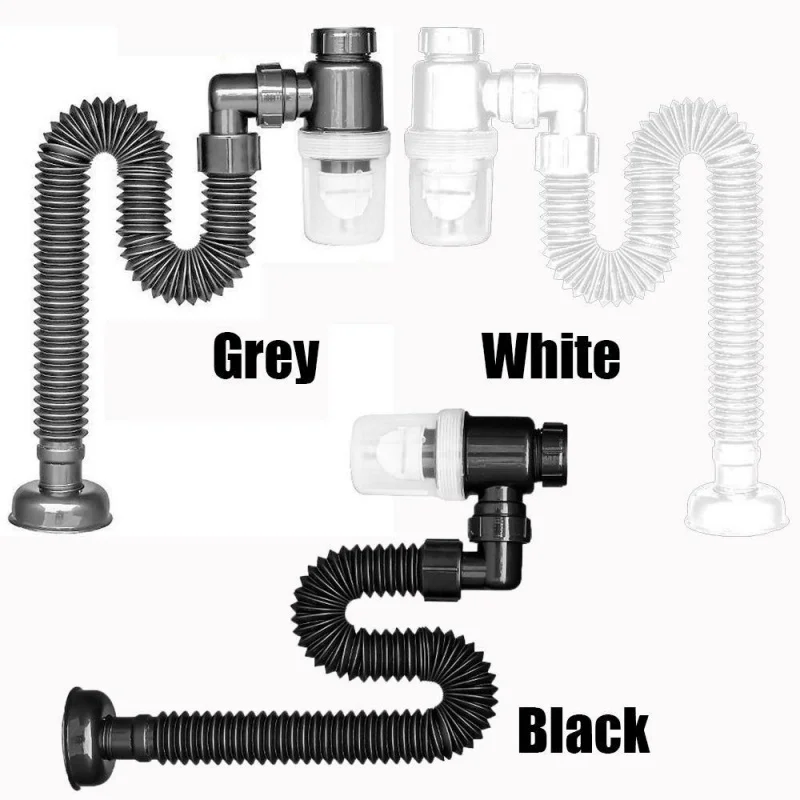
Understanding Potential Causes of Clogs
Before jumping into solutions, it’s essential to understand what causes clogs in the first place. Common culprits include food particles for kitchen sinks and hair, soap, and toothpaste for bathroom sinks. Over time, these materials can accumulate and combine with grease and other residues, creating a blockage. In some cases, foreign objects—like a child’s toy or a buildup of mineral deposits—can also contribute to sink clogs. Identifying the likely cause of the clog will not only make the troubleshooting easier but will also help you decide on the best cleanup methods. For instance, while hair can often be pulled out easily with a simple tool, grease may require more involved techniques such as chemical drain cleaners or a plunger.
DIY Methods to Clear a Clogged Sink
Before calling in a professional, many homeowners may find success using DIY methods to unclog their sinks. Using a plunger, for example, can be highly effective, especially in kitchen sinks. Ensure there’s enough water in the basin to cover the suction cup, and then plunge vigorously for several seconds. This builds up pressure that may dislodge the clog. Another method involves pouring boiling water down the drain, especially effective for kitchens where grease buildup is common. For bathroom sinks, a mixture of baking soda and vinegar can work wonders. Pour half a cup of baking soda down the drain, follow it up with half a cup of vinegar, and cover the drain with a cloth for about 30 minutes. This combination creates fizzing and can help break down greasy clogs.
When to Use Chemical Drain Cleaners
If DIY methods don’t yield results, you may consider chemical drain cleaners. However, it’s essential to use these products with caution. Many chemical cleaners contain harsh substances that can damage your pipes, especially if used frequently. Before you resort to chemical solutions, read the package instructions thoroughly, including safety information. Some cleaners are formulated specifically for kitchen sinks, while others may be more suitable for bathroom drains. Follow the recommended application and ensure to use gloves and eyewear for protection. Some environmentally-friendly options exist as well, which may not be as harsh on your plumbing but can still effectively break down clogs.
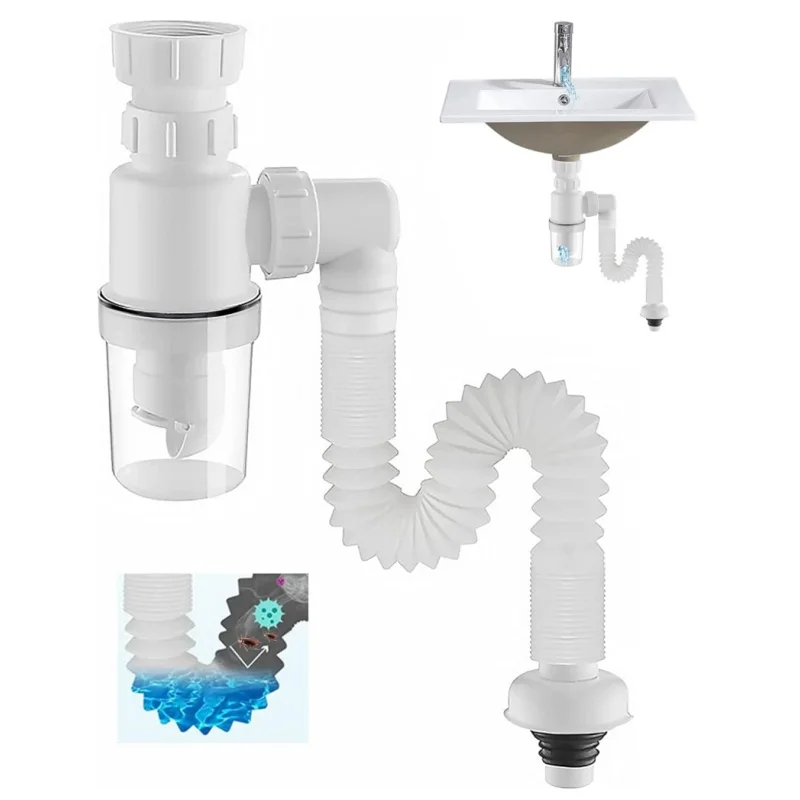
Importance of Specialized Tools
Investing in specialized plumbing tools can greatly aid in troubleshooting and fixing sink problems more effectively. A plumber’s snake or auger, for example, can reach deeper clogs that simple plunging cannot. These tools are designed to navigate through pipes, breaking up blockages as it goes. A drainage snake is typically long and flexible, allowing it to get into the bends and curves of your plumbing. Another useful tool is a sink strainer, which can prevent food debris or hair from entering pipes in the first place. Using these tools can make a significant difference in maintaining clear and functioning sinks in your home.
Addressing Issues with Leaky Faucets
Another common sink issue is leaking faucets. This can be both annoying and wasteful, leading to higher water bills and potential water damage. A leaky faucet typically indicates a worn-out washer or O-ring, both of which can be relatively easy to replace. The first step in addressing this issue is to turn off the water supply to avoid further leaks or water damage. Once you disassemble the faucet, inspect the seals for wear and tear, and replace them as needed. Ensure to keep track of any parts you remove so you can reassemble the faucet correctly. If the problem persists after replacing the washers, it may indicate a deeper issue within the valve or cartridge, which may require professional evaluation.
Dealing with Water Temperature Issues
If your sink’s water temperature is inconsistent or just plain wrong—whether it’s too hot, too cold, or fluctuating—you may have a more complex plumbing issue. The first thing to check is your water heater settings. If you have a water heater that is set too low or too high, it can lead to incorrect water temperature at the sink. Adjust the heater to the appropriate setting, generally around 120 degrees Fahrenheit for optimal performance. If issues continue, consider inspecting the faucet itself for signs of malfunction or blockage in the mixing valve, which could be compromising the water temperature. Always turn off the water supply before performing any repairs on fixtures to avoid accidents.
The Importance of Regular Maintenance
Prevention is always better than cure, especially in plumbing systems that can be intricate and costly to repair. Regular maintenance can help you spot potential problems before they escalate into costly repairs. Consider setting up a routine to clean your sink drains monthly, using a combination of boiling water and natural cleaners. You should also replace faucet washers or aerators that seem worn out or dirty. Additionally, regularly inspecting under your sink for leaks, mold, or signs of water damage can save you a lot of headaches down the road. Creating a schedule for documenting these checks can help you remain consistent and proactive, allowing you to enjoy your home without the looming dread of plumbing issues.
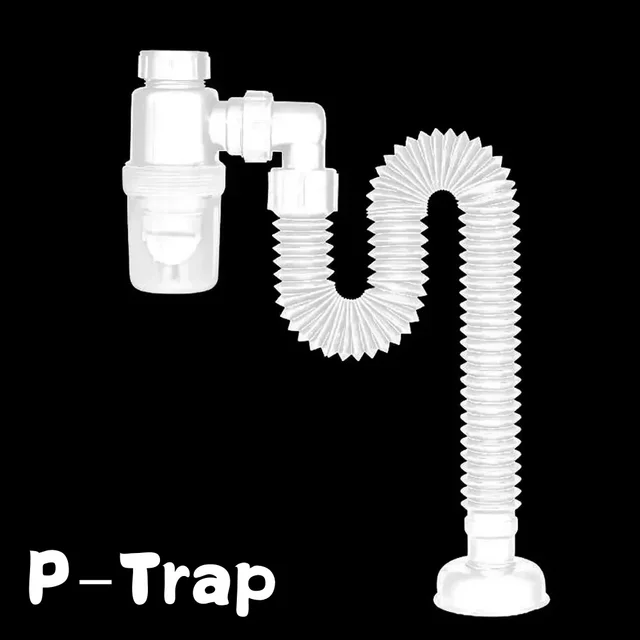
Knowing When to Call a Professional
Sometimes, despite your best efforts, troubleshooting and DIY methods won’t resolve the plumbing issue. If you find yourself dealing with persistent clogs, ongoing leaks, or unfamiliar problems, it may be time to call a professional plumber. A trained expert can identify underlying issues that may not be immediately visible, such as problems within the main plumbing system or hidden pipe damage. Professional plumbers come equipped with specialized tools and expertise that can expedite repairs and potentially save you money in the long run. Moreover, they can offer preventive strategies for maintaining a functional plumbing system, making them valuable allies in home maintenance.
Conclusion: Empower Yourself with Knowledge
Understanding common sink issues and how to troubleshoot them empowers you as a homeowner, giving you the confidence to address many problems directly. From clogged sinks to leaking faucets, applying simple DIY methods can save you time and money. Remember, prevention is key; regular maintenance routines can go a long way toward ensuring your plumbing remains in excellent condition. However, always know your limits—if a problem becomes too complicated or persistent, don’t hesitate to seek professional assistance. By taking a proactive approach to plumbing issues, you can enjoy a smoothly functioning home, free from the hassles and headaches often associated with plumbing problems.
